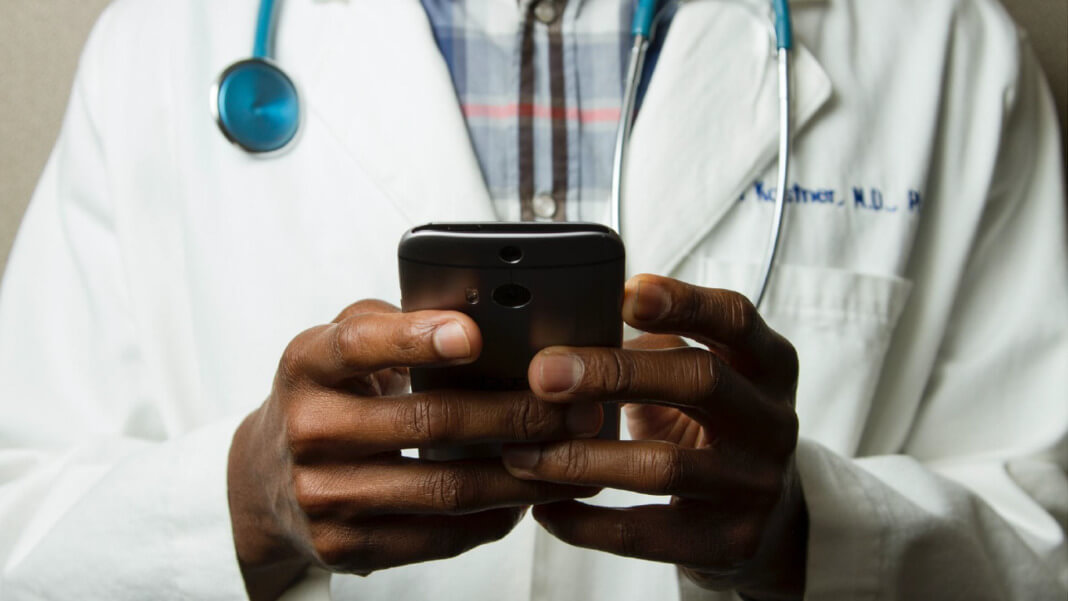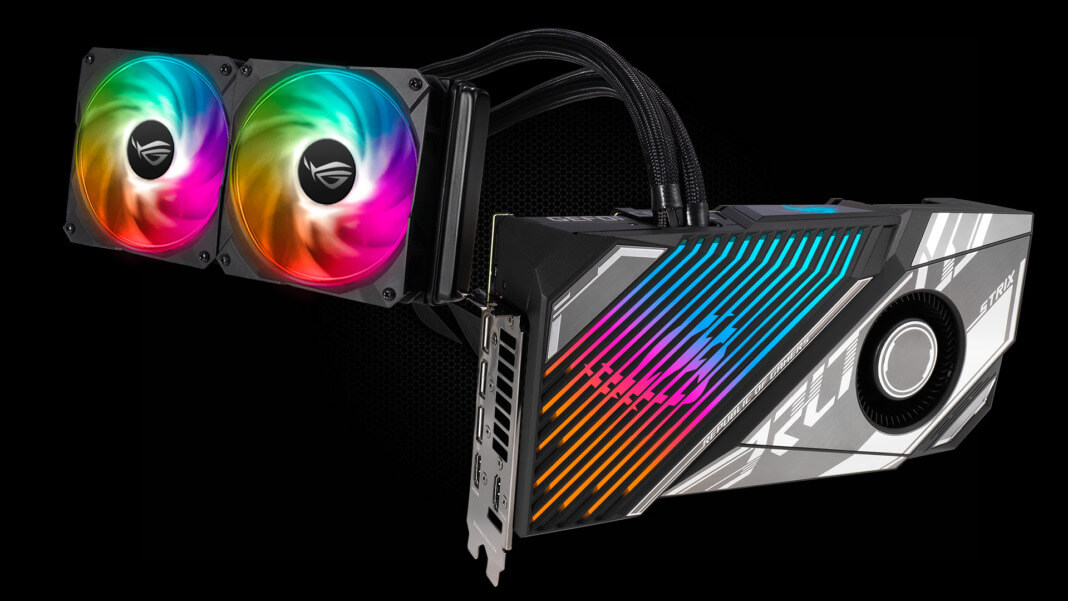The healthcare industry has undergone tremendous change and transformation through the past years. Healthcare technology tools have been widely used and adopted for this transformation to happen.
Especially with COVID-19, the healthcare industry faces an increase in demand, making it more critical for the healthcare sector to automate its processes. To achieve this digital transformation, many have turned to healthcare technology tools.
Thanks to modern healthcare technology tools, patients are getting better treatment and services, hospitals are running more efficiently, and most countries have COVID-19 under control. Besides the positive impacts of technology in healthcare, healthcare systems might struggle to remain sustainable if they do not undergo structural and transformational change.
While emerging technologies are worth investing in, keeping up and constantly adopting these technologies can be overwhelming. Healthcare staff will have to let go of outdated technology and be open to going through the process of disruption for the industry to be sustainable in the long run.
The main aim of utilising healthcare technology tools is to optimise internal systems, improve patient care and outcomes, reduce human error, and lower healthcare costs. In this article, we will explore four healthcare technology tools that are recommended along with their benefits!
Wearable medical devices
The first healthcare technology tool that the healthcare industry should invest in is wearable technology. Wearable technology commonly refers to electronic devices that patients or consumers wear. These devices can help to collect health data and detect any anomalies in the user. These healthcare technology tools can even send health information to a doctor.
Some of the more common wearable medical devices include:
- Fitbits and smartwatches
- Heart rate sensors
- Oximeters
In this digital age, consumers are more attracted to wearable medical devices that look modern and slick. Consumers are also more concerned and proactive about keeping themselves healthy. As such, they are demanding more information about their health.
Thus, healthcare and technology companies should invest in wearable technology devices that can help to monitor people’s health.
Electronic health records
Another healthcare technology tool that is recommended for the healthcare industry is electronic health records. Unlike the wearable technology that is targeted at consumers at large, this electronic health records system is highly recommended for hospitals.
Electronic health records are like centralised patient records. It is a digital version of a patient’s medical record. Further, doctors and nurses can update a patient’s medical records in real-time.
This healthcare technology tool is highly recommended for hospitals to streamline operations as it helps ensure that no mistakes will be made in patient records. It provides a broad view of patients’ medical history, treatment plans, and current treatment courses.
This thus helps hospitals to be more organised and coordinated in terms of patient care. Before this, nurses and administrators have to spend a lot of time and effort to collate and sync everything with doctors. By automating this entire process, healthcare providers and organisations can save on time and cost to hire administrators.
On-demand healthcare apps
On-demand healthcare apps are also a highly recommended healthcare technology tool. Like wearable technology, on-demand healthcare apps are driven by the needs of consumers today.
Consumers now are very conscious of wasting their time. They want things at their own convenience, given that they have busy schedules to follow. As such, it has given rise to the popularity of on-demand healthcare apps.
On-demand healthcare apps are a healthcare technology tool that allows consumers to seek consultation online or schedule their appointments. Certified health professionals from around the world will be available to provide consultations in real-time, making it convenient for anyone who needs help at any time.
Other than being driven by consumers, on-demand healthcare apps are also driven by the increasing number of freelancing healthcare professionals. Doctors who do not want to be tied to a healthcare organisation will schedule their time and work anytime they prefer using on-demand healthcare apps.
Especially with COVID-19, this healthcare technology tool will be used by many as telehealth is recommended. Further, when patients schedule their appointments using the on-demand healthcare app, it is easier for medical staff to control the crowd and ensure safe distancing.
Visitor management systems
The fourth recommended healthcare technology tool is visitor management systems. Healthcare providers are strongly encouraged to implement at least one in their facility. With COVID-19, hospitals have become a hotspot for outbreaks. Hence, hospitals must do their ,best to minimise crowd and ensure safe distancing. A visitor management system ensures that all visitors, patients, and staff in and out of healthcare facilities are safely accounted for. Visitors and patients can pre-book their visits ahead of time and upload their proof of vaccination and identification online before their visit.
When it is time for their appointment, visitors and patients simply have to check in, have their temperatures taken, and they will be good to go! Having a visitor management system in healthcare facilities is recommended as it ensures that everyone in the facility will be COVID-safe.
Moving forward with healthcare
Healthcare technology tools have increased in popularity recently. The above four are just some of the recommendations, and there are others out there. No matter which tool you opt for, it is crucial that you evaluate your organisation’s needs before making a choice.





